Podcast: Play in new window | Download | Embed
Forty-two years ago, the last major music movement of the 1970’s, Hip-Hop, started to make its mark with a series of 12-inch singles that were born out of New York City’s Black music scene that were originally party and dance records. #oldschool #blackmusic #hiphop
WARNING: There are no ballads in this program. Repeat, no ballads.
Has it really been over four decades now? These are the kinds of questions old folks like myself often ponder when discussing long-running acts or genres. Originally known under the much more broad category of Rap music, due to the vocal talents of MCs, people who would rhyme in a rhythmic cadence instead of singing, Hip-Hop was the last major new music movement of the 1970’s.
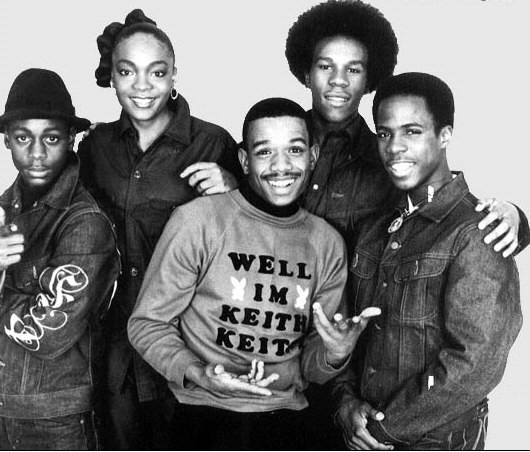
As I am told by those far more in the know than I, Hip-Hop is the culture, and Rap is just one component of it. The five components were, and for the most part still are: the b-boys (break dancers), Graffiti/Aerosol artists, MCs (rappers), DJs, and the beatboxers, individuals who use a type of vocal prowess and hand-slapping against one’s body to mimic the sounds of other instruments, similar to drum patterns.

Originally starting out in New York City in the mid-1970’s, specifically in Harlem and The Bronx, Hip-Hop, much like other major Black music movements that became mainstream, such as Jazz, Rock and Roll and Disco, was dance and party music, often played at outdoor social gatherings called block parties. DJs would spin current Funk or Disco Records, often mixing the instrumental passages live while an MC would rap over the newly mixed track. The DJs would typically use multiple turntables and a small mixing board to achieve this feat. This was one of the first uses of sampling prior to digital technology that before was relegated to the huge, expensive, often hard to play and constantly breaking down instrument the Mellotron, which used tape loops. (This thing was truly a monstrosity, but I digress…)
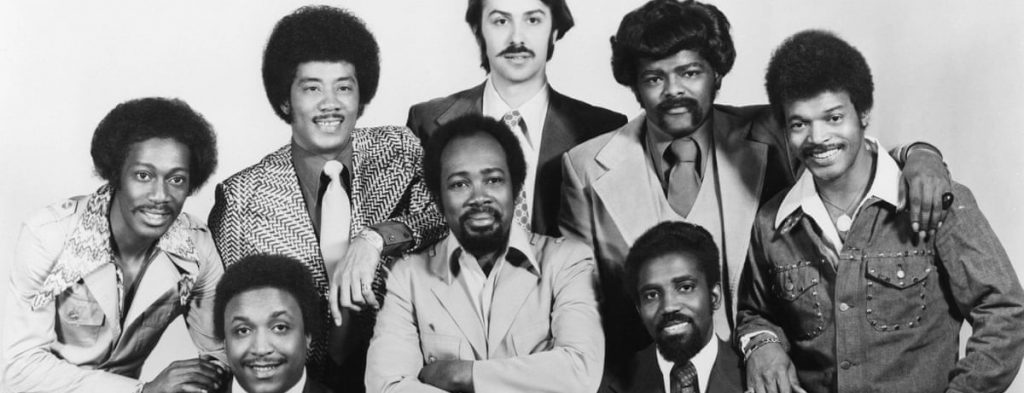
This was unique in a way no one in the mainstream saw coming: using technology to reconstruct what typically had to be done with a live band or in expensive multi-track recording studios. It was DIY to the core, and allowed anyone with a little money and some home-grown trial and error tech savvy to create whole new soundscapes that could be created in a basement, your bedroom or as mentioned, live.
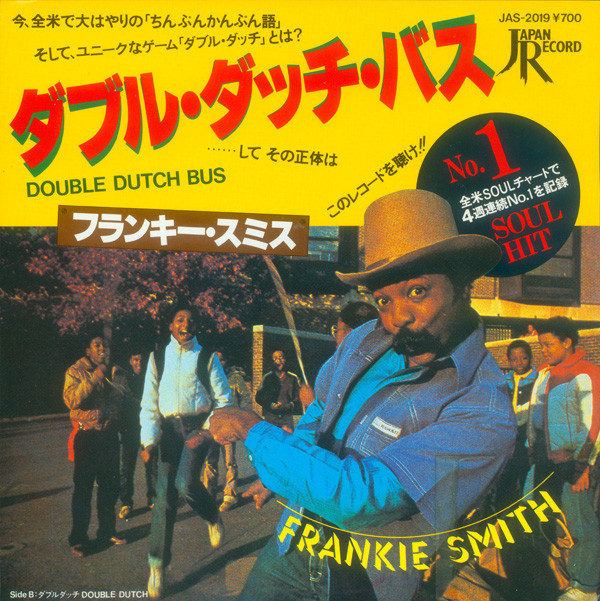
Of course, the mainstream music industry by 1979, following the Disco Backlash of that year, shied away from Black artists and dance recordings in very large numbers, leaving the initial recordings of this exciting new scene relegated to large inner-cities and for the most part, independent labels. Hip-Hop was considered a fad and not a genre, a “gimmick” as it were. It didn’t matter, though: Some of the new Hip-Hop records were selling hundreds of thousands of copies in just the New York and New Jersey area alone. And these weren’t $1 singles, but $5 dollar 12-inch records, which would be, adjusted for inflation, over $13.50 in 2021.
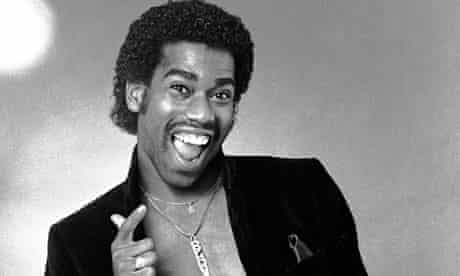
Much of the lyrical content was typical of feel-good records of any genre: a great deal of boasting about male sexual prowess and MC performing skills in an often humorous manner. Women were also at the forefront of this scene, including Lady D., Tanya “Sweet T” Winley and her sister Paulette, Lady B., Sha-Rock of The Funky 4+1 and Sequence, the first all-female Hip-Hop group, featuring Cheryl Cook, known as “Cheryl The Pearl”, Gwendolyn Chisolm, known as “Blondie” and lead singer/rapper Angie Brown, the latter now known better as Neo-Soul legend Angie Stone.
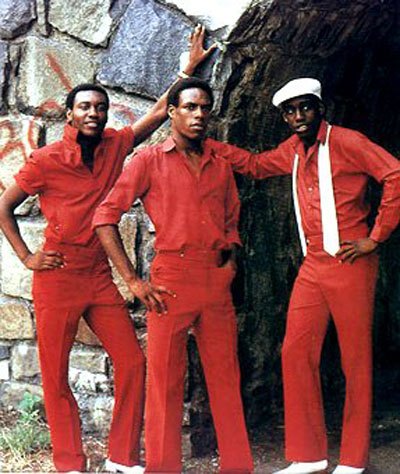
Musically, the early recordings that were sampled fell into three categories: Disco, Funk (particularly The Godfather, James Brown) and African High Life, a beat heavy music from Western Africa. This was due to those genres featuring long instrumental passages that were found on the parent vinyl LPs and 12-inch remix recordings that were not present on the original vinyl 7-inch 45’s.
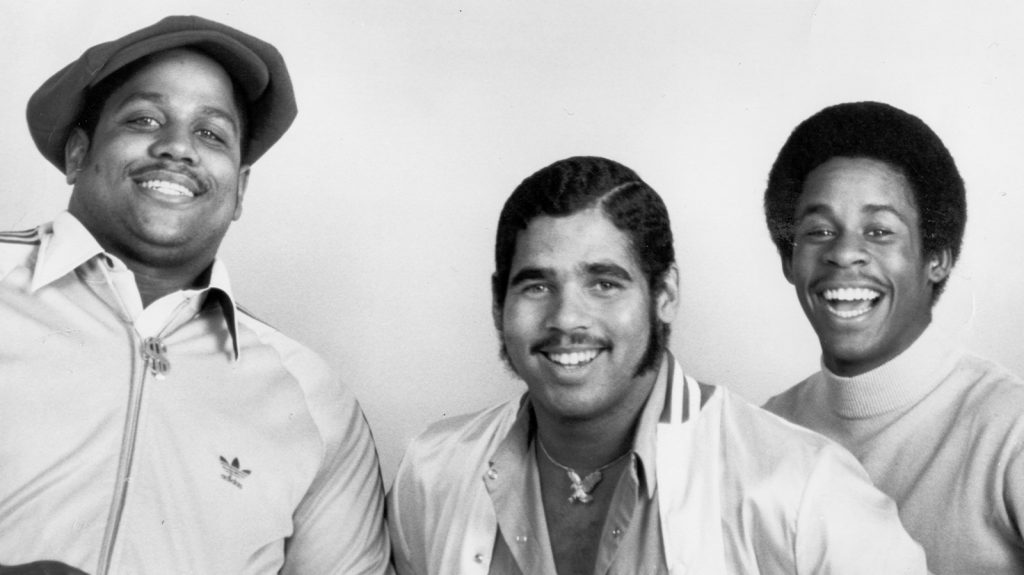
As with many new music genres, it started to evolve, but did at a much quicker pace than one would expect. Electronic influences, many of them hailing from Germany such as Kraftwerk and the recordings of the Donna Summer/Pete Bellotte/Giorgio Moroder team out of Munich, as well as Hard Rock, started to creep in slowly, and by 1982, would signal a radical departure from Hip-Hop’s early beginnings. Again, as I am told by those far better in the know, knowledge and understanding and respect for Hip Hop and its roots are vital.
This will be the first in a series of shows presented intermittently that focus on some fan favorites and key tracks in Hip-Hop’s first decade.
First Part
- Rapper’s Delight, 1979, The Sugarhill Gang, 12″ single A-side
- King Tim III (Personality Jock), 1979, The Fatback Band, Fatback VII
- The Double Dutch Bus, 1981, Frankie Smith, 12″ single A-side
- Vicious Rap, 1980, Tanya “Sweet T” Winley, 12″ single A-side
Second Part
- Body Rock, 1981, The Treacherous Three, 12″ single A-side
- That’s The Joint, 1980, Funky 4+1, 12″ single A-side
Finale
- The Breaks, 1980, Kurtis Blow, 12″ single A-side
Love to you all.
Ben “Daddy Ben Bear” Brown Jr.
Host, Show Producer, Webmaster, Audio Engineer, Researcher, Videographer and Writer
Instagram: brownjr.ben
Twitter: @BenBrownJunior
LinkedIn: benbrownjunior
Design Site: aospdx.com
“Copyright Disclaimer Under Section 107 of the Copyright Act 1976, allowance is made for ‘fair use’ for purposes such as criticism, comment, news reporting, teaching, scholarship, and research. Fair use is a use permitted by copyright statute that might otherwise be infringing. Non-profit, educational or personal use tips the balance in favor of fair use.”
